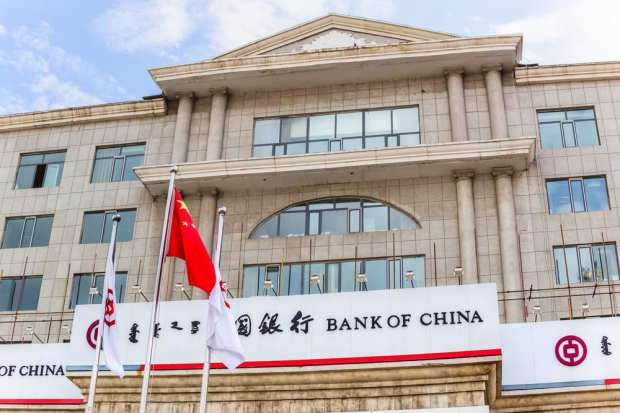China Bank Loans Decline In July Amid Trade Tensions

Decreasing demands for loans has caused a July lending slowdown for Chinese financial institutions, The Wall Street Journal reported on Monday (Aug. 12).
The climate could be a sign of more economic woes as U.S.-China trade tensions continue, possibly prompting Beijing’s policymakers to try additional stimulus efforts.
New July loans in China were 1.06 trillion yuan ($150.2 billion) compared to 1.66 trillion yuan in June, the People’s Bank of China told the WSJ.
Market confidence has taken a hit due to the trade war, causing Chinese businesses to adjust their investment plans.
“The lower-than-expected credit growth reflects weak demand in the real economy,” Liu Xuezhi, an economist with Bank of Communications, told the outlet.
Although China has thus far avoided loosening credit, economists are warning that more stimulus may be necessary to offset the impact of the trade war. Tax cuts and fee reductions have so far had little success. Economic growth in the second quarter dropped to its lowest number in 20 years, the news outlet said.
“The latest slowdown in lending highlights the need for further monetary easing if policymakers are to succeed in putting a floor beneath growth,” noted Julian Evans-Pritchard, an economist with Capital Economics.
The China Banking and Insurance Regulatory Commission (CBIRC) released new guidelines in March aimed at getting banks to increase lending to small businesses. The directives were announced as China began looking to overcome financing roadblocks and get the economy growing again. Economists have pointed to a lack of financing for small and privately owned businesses as the reason for the slowdown in growth.
The CBIRC asked lenders to offer better interest rates and to increase the number of loans issued to small and micro enterprises by 30 percent by the end of the year. They are also allowed to have a non-performing loan ratio for small business loans that are three percentage points higher than the rate for their overall loan book.
